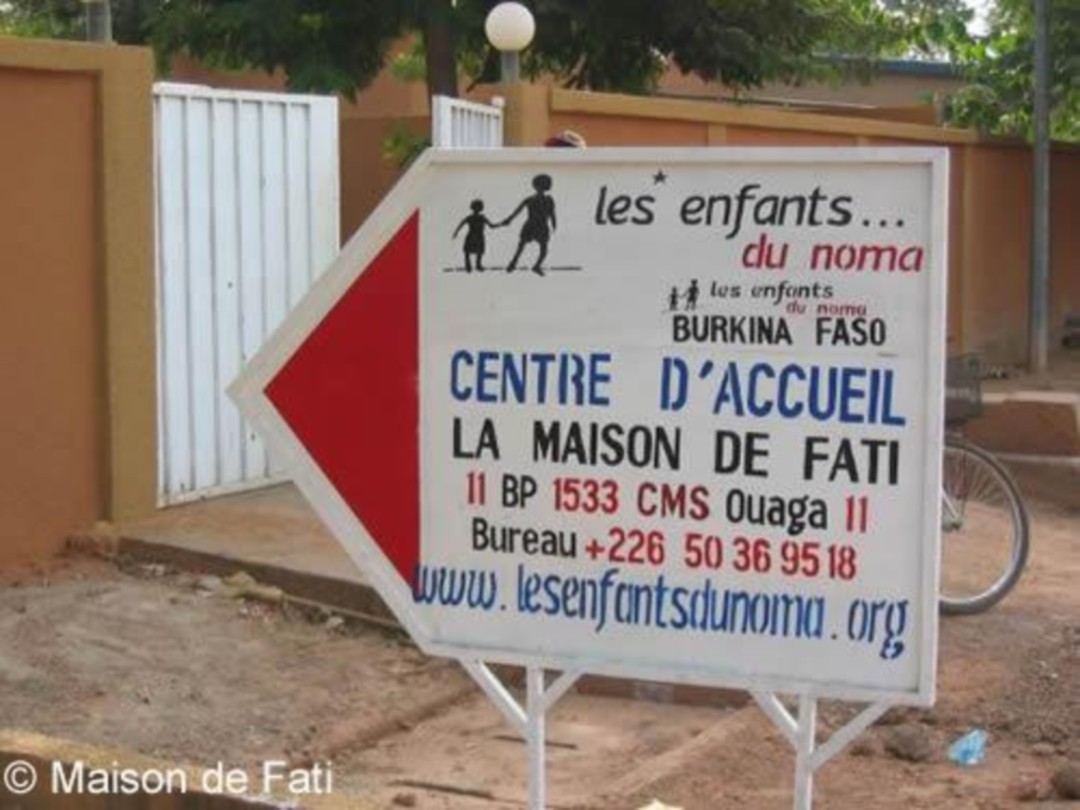La Maison de Fati
The aim of the project was to improve the quality of care given to people affected by noma disease. This disease affects children aged 0-6 years and, if it remains untreated, is fatal 80% of the time. A specialised care centre was to be built to support children going through pre- and post-operative treatment, to host specialised surgical teams and train Burkinabe surgeons in specific operative techniques.
The centre was inaugurated in March 2011 on a plot of land of 1,500m2. It now has an operating theatre, treatment and physiotherapy rooms, a dental surgery, a laboratory and an infirmary, in addition to rooms for patients and medical teams. Between March 2008 and December 2010, it hosted 17 surgical missions, which operated on 700 children. The association provides comprehensive care to children from the moment they leave their families until they return home.
Established in 2004, the Association la Maison de Fati recruits, tends to, provides nutrition, and oversees the preoperative examination and postoperative care of children suffering from noma disease.
Type
HealthDuration
September 2008 - April 2011Location
Ouagadougou / Burkina FasoWith whom
La Maison de Fati
Website



Burkina Faso
Population
19.1 million (2017)
Per Capita Income
USD 590/year (2017)
Poverty rate *
40% (2014)
Literacy rate
35% (2016)
Human Development Index
183rd country out of 189 countries (2018)
Following the popular uprising in October 2014, Burkina Faso democratically elected, in November 2015, its first civilian president since its independence. The country’s new political stability and fiscal and budgetary reforms have led to improvements in public finances; however, it remains one of the world’s poorest countries. Sustained efforts and investments have generated positive human development trends, although access to basic services remains an important concern due to poorly developed community-based services. Despite progress in gross primary school enrolment Burkina Faso has one of the lowest literacy rates in the world. Access to secondary education remains low (13%), as is the quality of the system.
Sources: World Food Program, UNICEF, World Bank, 2016 Human Development Report, Human Development Indices and Indicators (2018 Statistical Update)
*The percentage of the population living below the national poverty line.